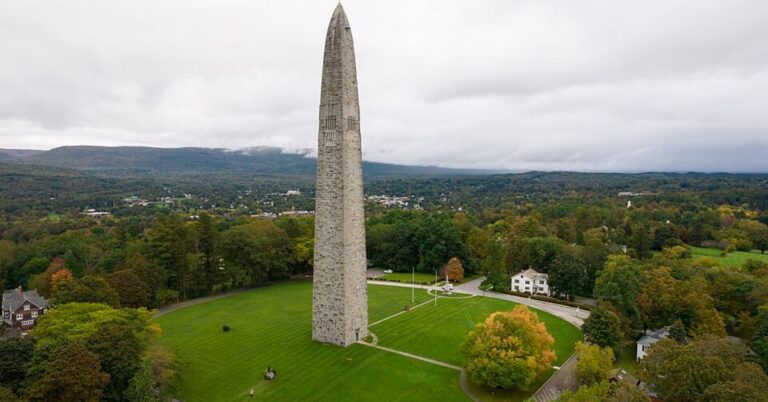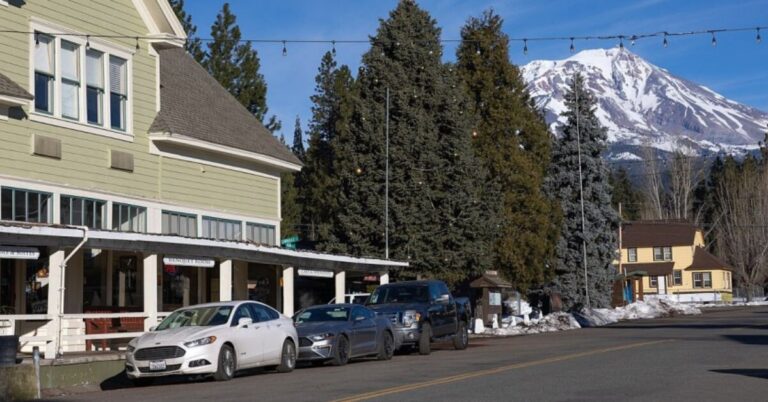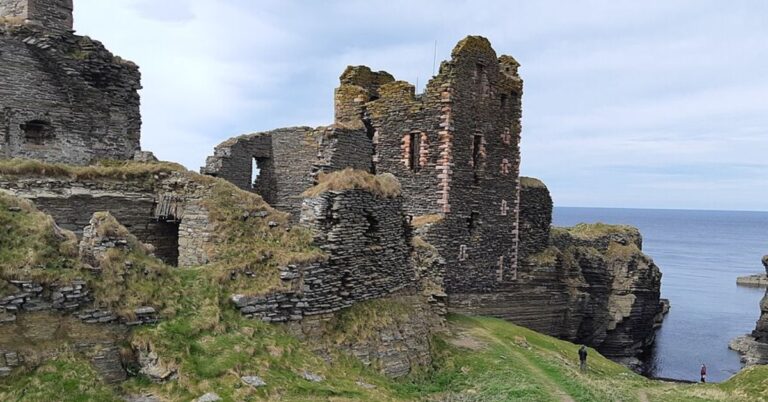Traveling To Egypt? Don’t Miss These 25 Spots In Cairo
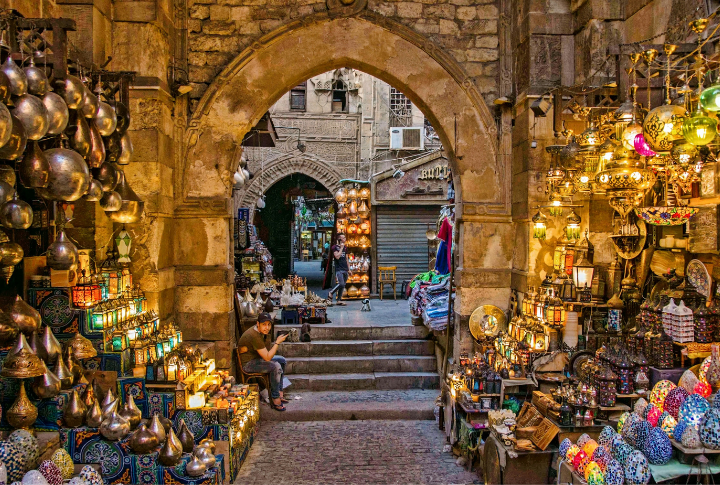
Time folds differently in Cairo. Just one glance at a weathered archway or echoing stone corridor, and you’re pulled into an era thousands of years before your birth. Cairo absorbed its past as it grew, and it’s evident in many parts of the city today. Here are some stops that offer a firsthand look at how civilizations left fingerprints behind.
The Pyramids Of Giza And The Great Sphinx
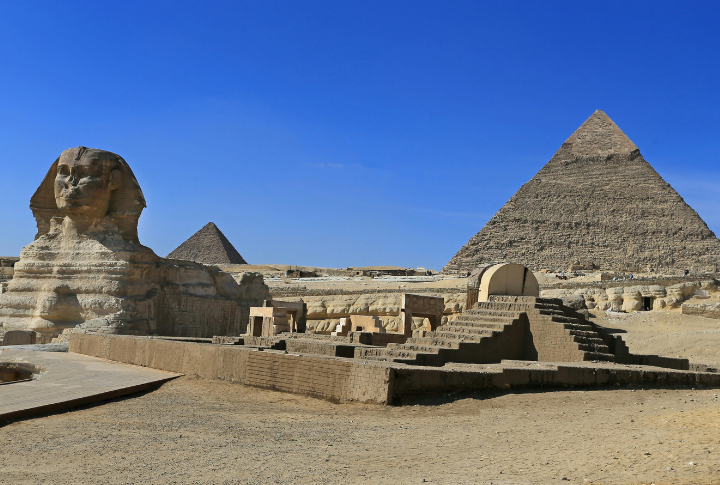
Constructed during the Fourth Dynasty between 2580 and 2560 BCE, the pyramids functioned as royal tombs aligned precisely with celestial points. The Great Sphinx, carved from limestone, guards Khafre’s complex. Visitors see layers of ritual and monumental ambition in the weathering and aligned causeways.
Saqqara And The Step Pyramid Of Djoser
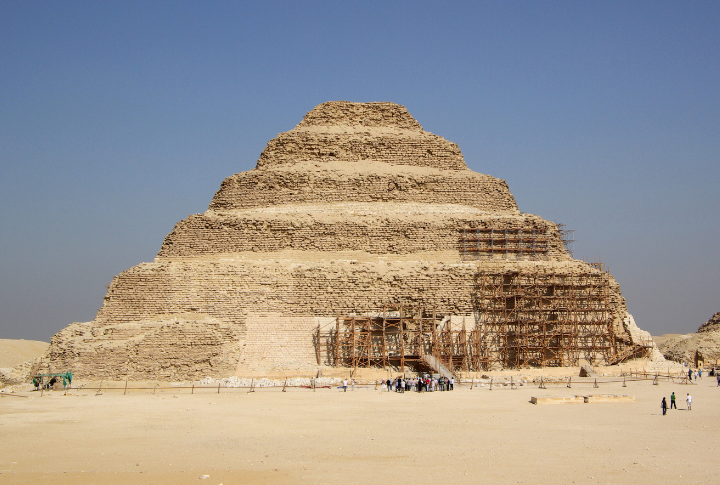
This six-tiered pyramid represents Egypt’s architectural turning point. It was commissioned by Pharaoh Djoser and designed by Imhotep around 2667 BCE. Beneath it lies a vast burial shaft. Adjacent ceremonial courts and colonnades preserve innovations that predate Giza’s more famous pyramids by centuries.
Cairo Citadel And Mosque Of Muhammad Ali
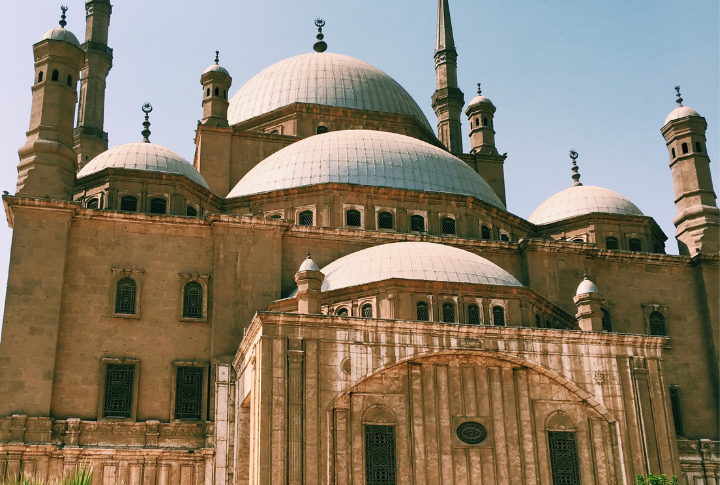
Saladin’s 12th-century fortress overlooks Islamic Cairo, built to repel Crusaders. Within its walls, Muhammad Ali Pasha’s mosque (built 1830–1848) mimics Istanbul’s grand style. Alabaster panels and a massive chandelier dominate the prayer hall. The site also houses military museums and panoramic views.
Mosque Of Ibn Tulun
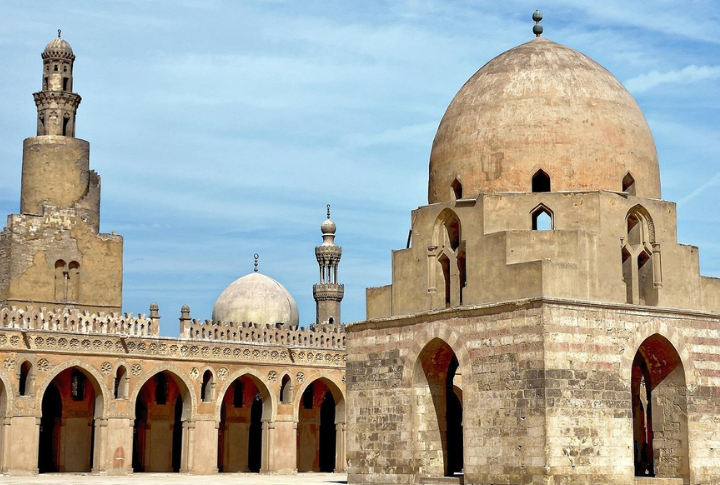
Built between 876 and 879 CE, Cairo’s oldest mosque is still in its original form. Abbasid influence appears in pointed arches and an open courtyard. Its spiral minaret mirrors Iraq’s Samarra design. The mosque’s large scale once served the needs of a garrison town, so its architecture favored function and spiritual geometry.
Al-Azhar Mosque
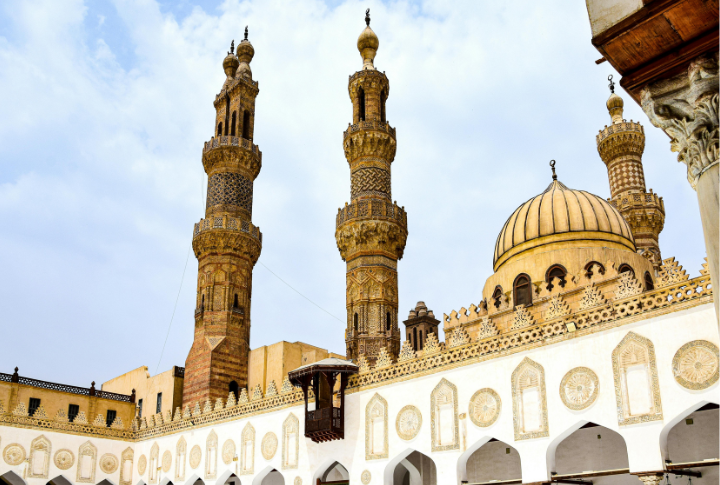
This mosque was founded by the Fatimids in 970 CE and evolved into one of the oldest universities globally. Its layered restorations reveal both shifting power structures and scholarly continuity and five minarets and multiple prayer halls show dynastic additions. Students still learn Qur’anic law here.
Sultan Hassan Mosque And Madrasa
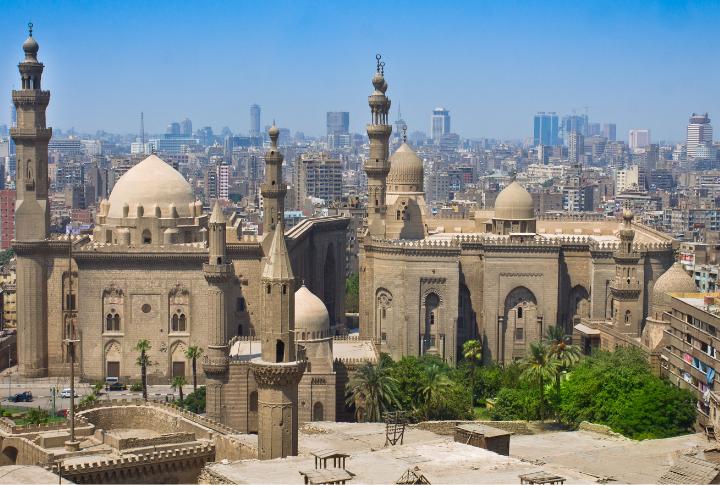
Advanced stone craftsmanship is seen in the massive carved doors and the mihrab in the grand portal structure. The structure doubled as a political statement, and its size challenged even the Citadel’s authority. Completed in 1363 under Mamluk rule, this mosque-madrasa complex taught the four Sunni schools of jurisprudence.
Al-Muizz Street
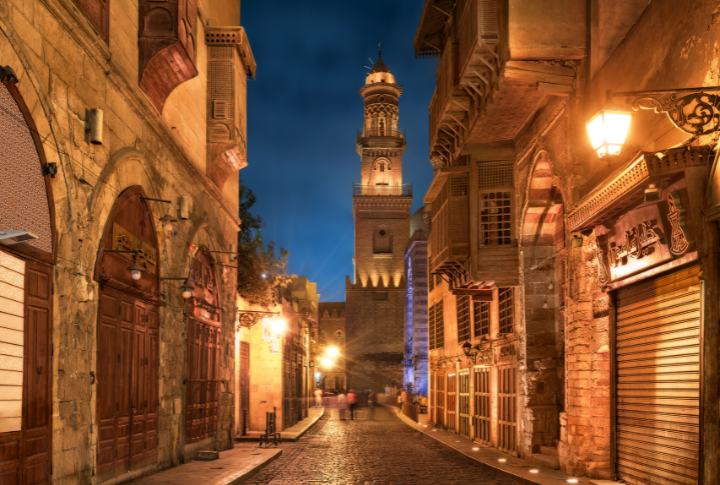
Highlights of this street include the Qalawun complex and Sabil-Kuttabs. This Fatimid-era thoroughfare holds over 30 significant structures spanning dynasties. Restoration efforts unveiled drainage systems and original facades. It exemplifies medieval Cairo’s urban planning by balancing markets and mosques within walkable quarters.
Khan El-Khalili Bazaar
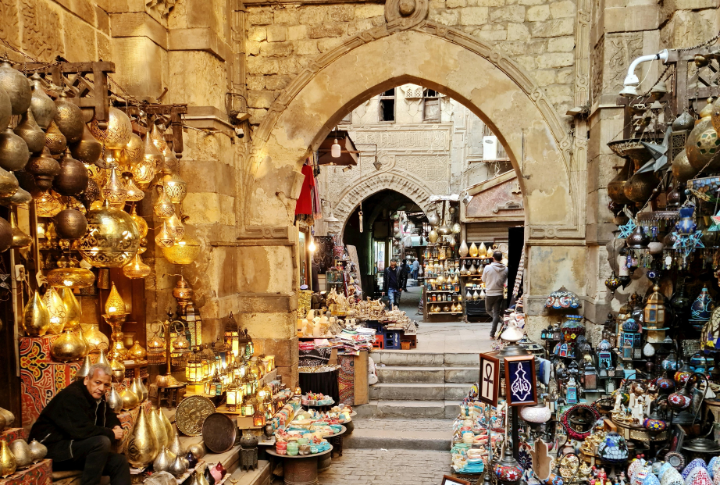
Khan El-Khalili Bazaar has existed since the 14th century and occupies the site of a former Fatimid necropolis. It grew under Sultan Barquq’s reforms into a commercial hub. Caravans once offloaded Persian silk and Indian spices here, and its current layout still follows medieval zoning logic.
Hanging Church (Saint Virgin Mary’s Coptic Orthodox Church)
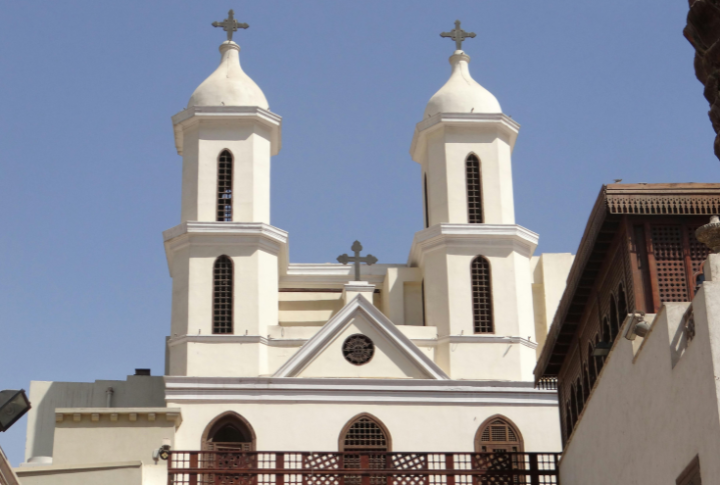
It was constructed above the Roman Babylon Fortress’s southern gate in the 3rd century and became the patriarchal seat by the 11th century. The iconostasis panels here likely date to the 10th or 11th century. Suspended over air, it blends Coptic tradition with early Christian architectural adaptation and reuse.
Church Of Saints Sergius And Bacchus (Abu Serga)
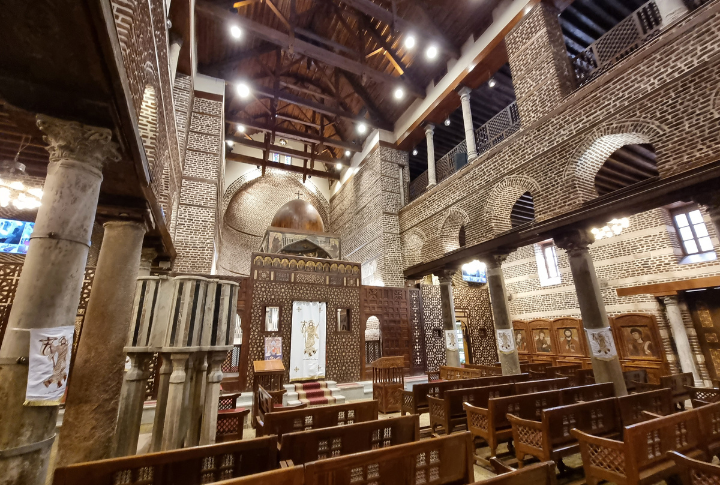
This basilica-style church features a crypt believed to shelter the Holy Family and dates to the 4th century. Roman columns and Coptic woodwork make up its structure. Annual pilgrimages and fresco fragments preserve early Egyptian Christianity’s domestic, rather than imperial, devotional character.
Ben Ezra Synagogue
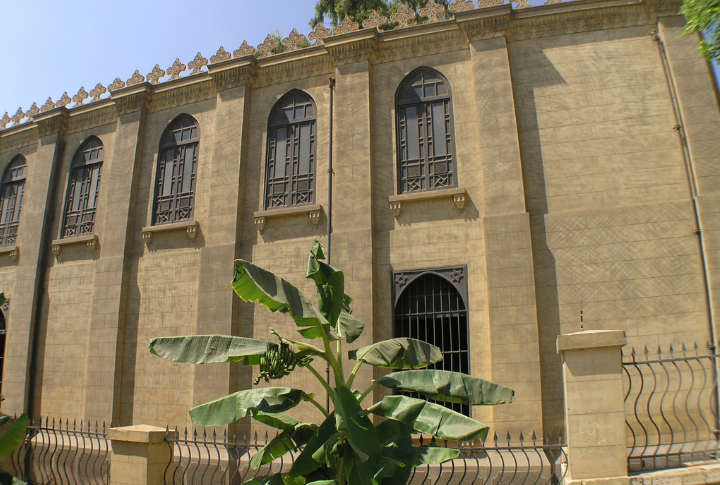
Originally a Coptic church sold to Jewish elders in the 9th century, this synagogue became a center of Jewish scholarship. Its Geniza, discovered in the 19th century, revealed over 200,000 manuscripts. Architectural features include wooden bimahs and religious markings like Arabic inscriptions.
Coptic Museum
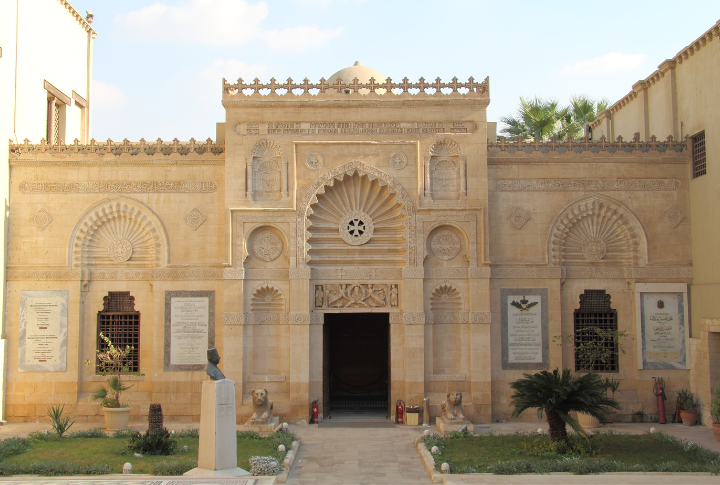
Here, you’ll find the world’s largest collection of Coptic artifacts. You can trace Egypt’s religious transitions through the cons, textiles, manuscripts, and early Christian frescoes. The museum’s stonework and mashrabiya panels reflect both spiritual continuity and post-Pharaonic artistic innovation. Marcus Simaika Pasha founded the museum in 1908.
Bab Zuweila
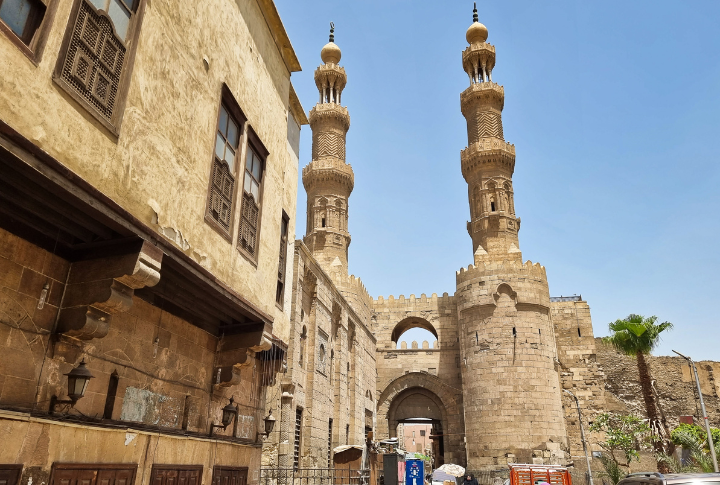
This 11th-century Fatimid gate once hosted military parades. In the 15th century, minarets were added atop its towers. Visitors can climb for views once reserved for archers. The gate’s thick walls and pointed arches reveal Cairo’s medieval strategies of control and spectacle.
Bab Al-Futuh And Bab Al-Nasr
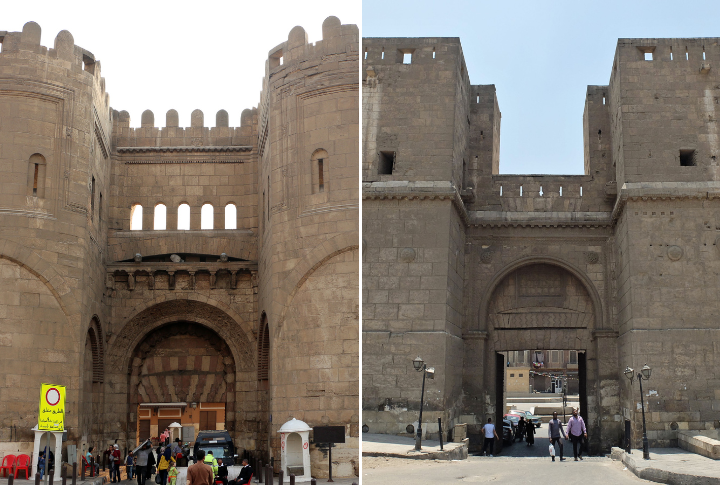
Both gates were constructed in 1087 as part of Cairo’s northern defenses. Bab al-Futuh features rounded towers, while Bab al-Nasr’s square bastions bear Kufic inscriptions and cross motifs. Together, they mark Islamic Cairo’s shifting political boundaries and engineering responses to Crusader-era threats.
Bayt Al-Suhaymi
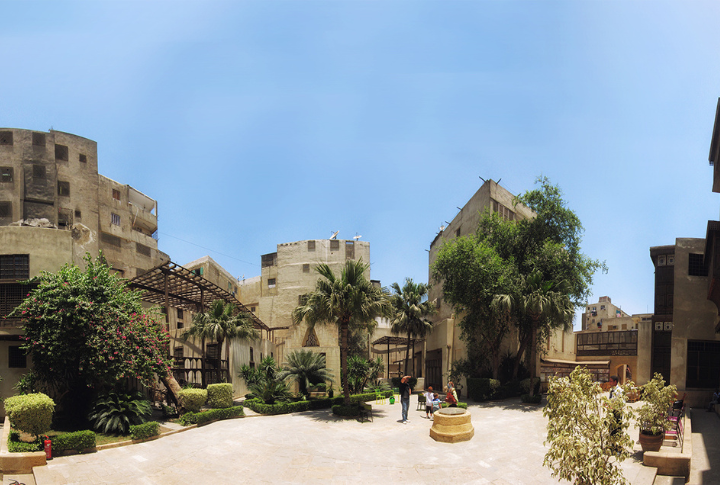
Constructed in 1648 and expanded later, this Ottoman-era home exemplifies the Cairene domestic architecture. Wooden screens and hidden staircases controlled light and privacy. It includes a private hammam and a family well that shows how elite households balanced seclusion with social prestige.
Gayer-Anderson Museum
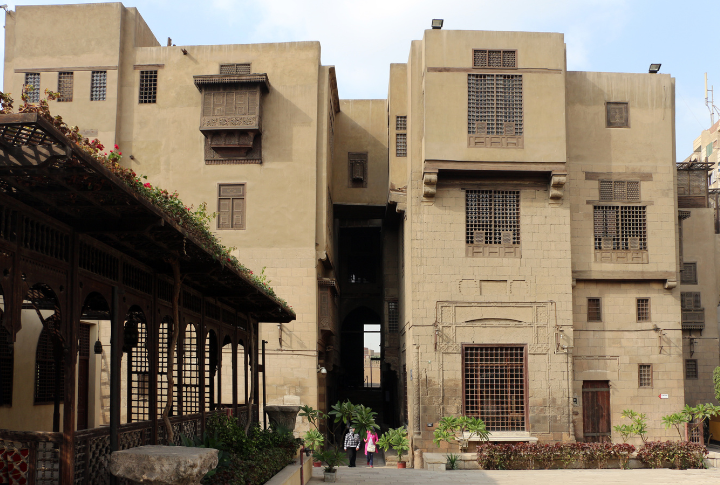
Two 16th- and 17th-century houses formed this museum. It was restored by British officer John Gayer-Anderson. Islamic art and antiquities are housed in the reception rooms and hidden chambers. The museum preserves objects as displayed in the 1930s—that’s some frozen-in-time authenticity.
The Egyptian Museum
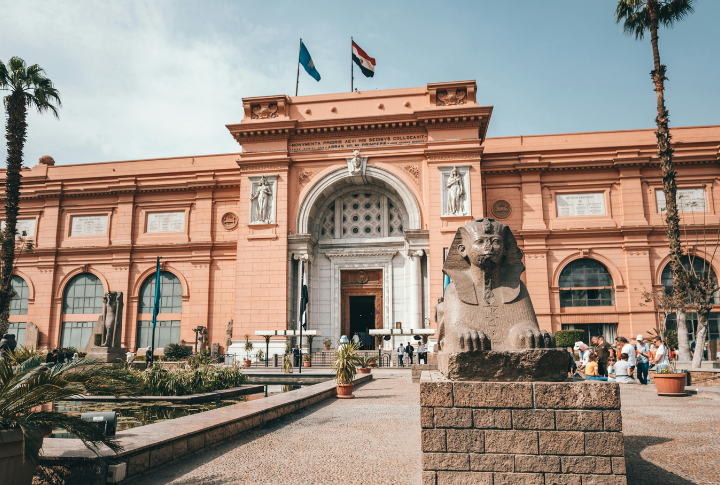
The Egyptian Museum is in Tahrir Square. Today, it holds over 120,000 artifacts, including Tutankhamun’s golden mask and royal mummies. Designed by French architect Marcel Dourgnon, its chronological layout enables you to trace Egypt’s 3,000-year dynastic arc under one roof.
Museum Of Islamic Art
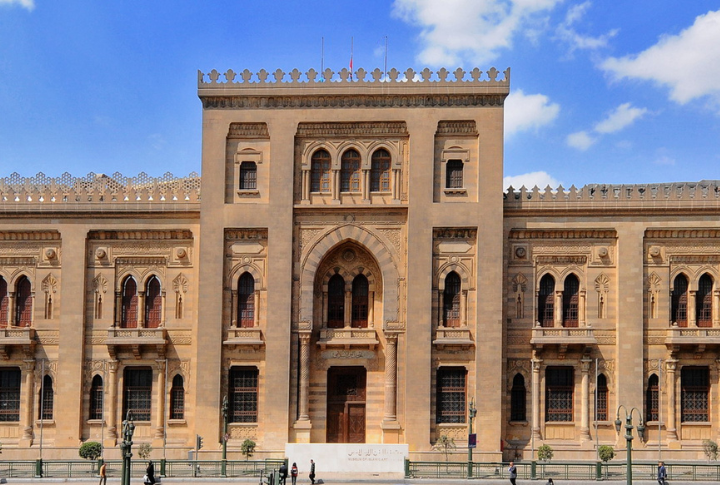
In Bab al-Khalq, you’ll find this museum that features over 100,000 objects from across the Islamic world and has existed since 1903. Intricately carved woodwork, scientific instruments, manuscripts, and Fatimid ceramics represent Islamic culture’s wide geographic and intellectual reach, from Andalusia to Mughal India.
Pharaonic Village
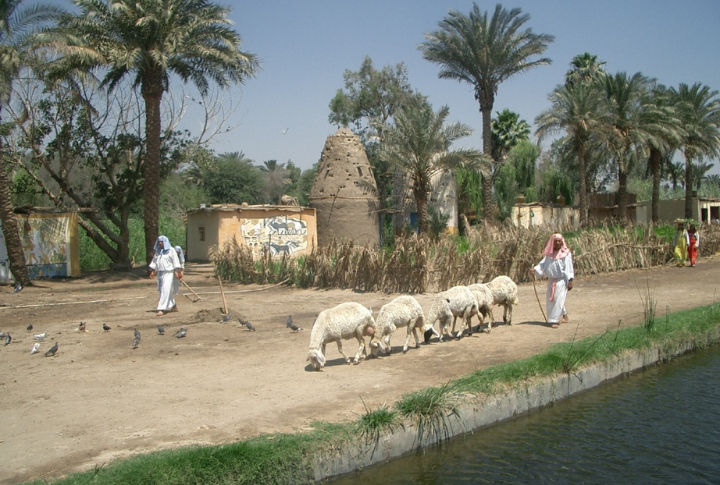
This educational theme park recreates ancient Egyptian daily life with actors and full-scale models. Dr. Hassan Ragab officially opened it in the 1980s. The site includes temples and wax museums. It’s one of the few immersive, family-oriented history experiences in Cairo.
Wekalet El-Ghouri

Established in 1504 by Sultan Qansuh al-Ghouri, this caravanserai hosted traders along the pilgrimage and spice routes. Its stone arcades surround a central courtyard used for lodging and trade. Today, it also serves as a venue for Tanoura dance performances, which help preserve Sufi traditions.
Abdeen Palace Museum
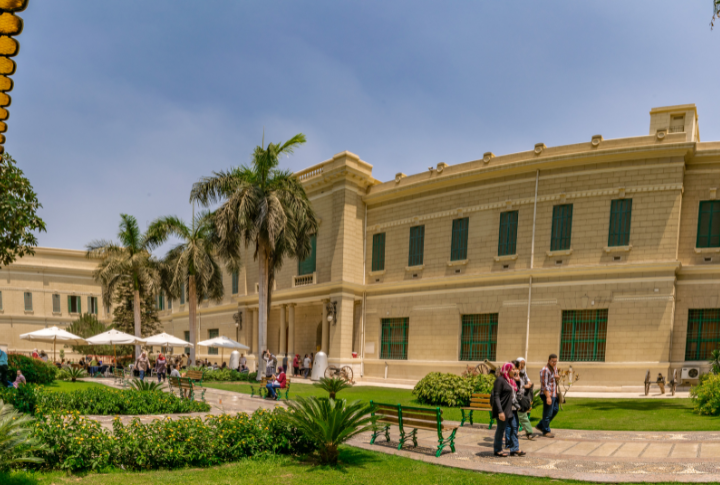
The opulence of the Muhammad Ali dynasty is seen in its royal arms collections and European furnishings. This Khedival residence, constructed between 1863 and 1874, also reflects Egypt’s transition from Ottoman rule to monarchy. The palace now houses multiple museums chronicling Egypt’s diplomatic and military transformations.
Manial Palace
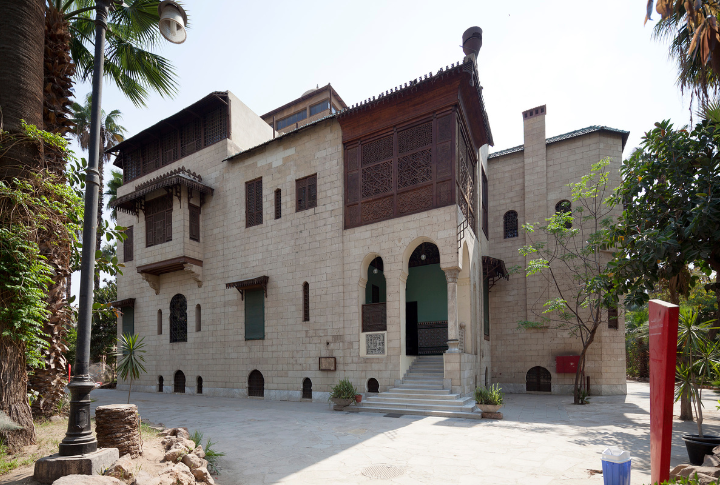
Prince Mohamed Ali Tewfik’s early 20th-century palace blends several styles, including Moorish and Persian. Completed in 1929, it includes a throne hall and hunting lodge. The gardens, inspired by Persian landscaping, surround pavilions filled with rare ceramics and personal heirlooms.
National Museum Of Egyptian Civilization (NMEC)

NMEC was opened in 2021 in Fustat and spans prehistoric through modern Egyptian eras. The Royal Mummies Hall houses 22 relocated pharaohs, including Ramses II. Multimedia exhibits and stratified galleries let visitors trace material culture and science from one civilization to another, chronologically and comprehensively.
Nilometer On Roda Island
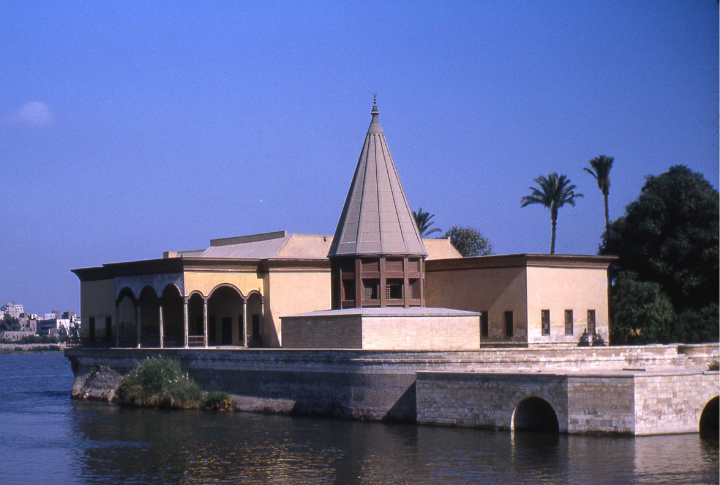
Dating to 861 CE during Abbasid rule, this vertical column measured Nile flood levels to regulate taxes and irrigation. Inside a domed octagonal structure, it remains one of Egypt’s oldest operational hydrological tools. Inscriptions include verses from the Qur’an and caliphal scripts.
Bayt Al-Sinnari
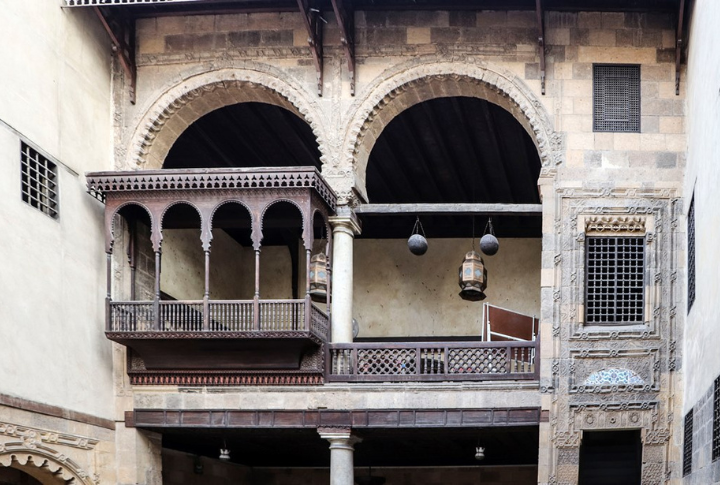
Ibrahim Katkhuda al-Sinnari built this Ottoman mansion in 1794, and it once hosted Napoleon’s scholars during the French expedition. Enlightenment-era Cairo is seen in its carved ceilings and stone fountains. It now functions as a cultural center that preserves heritage through events and artisan workshops.




